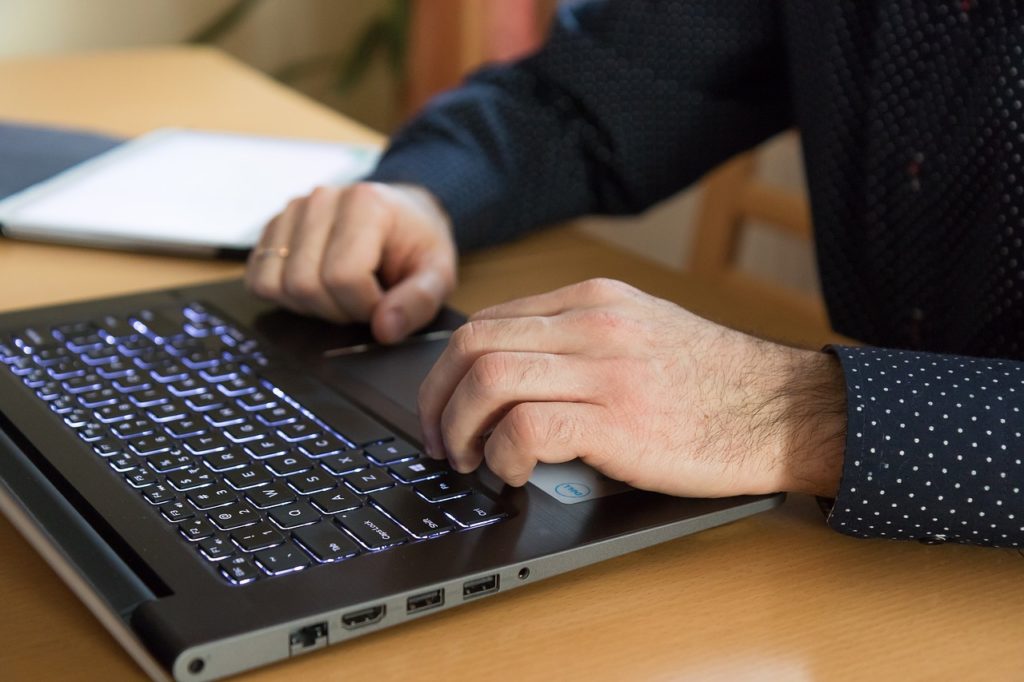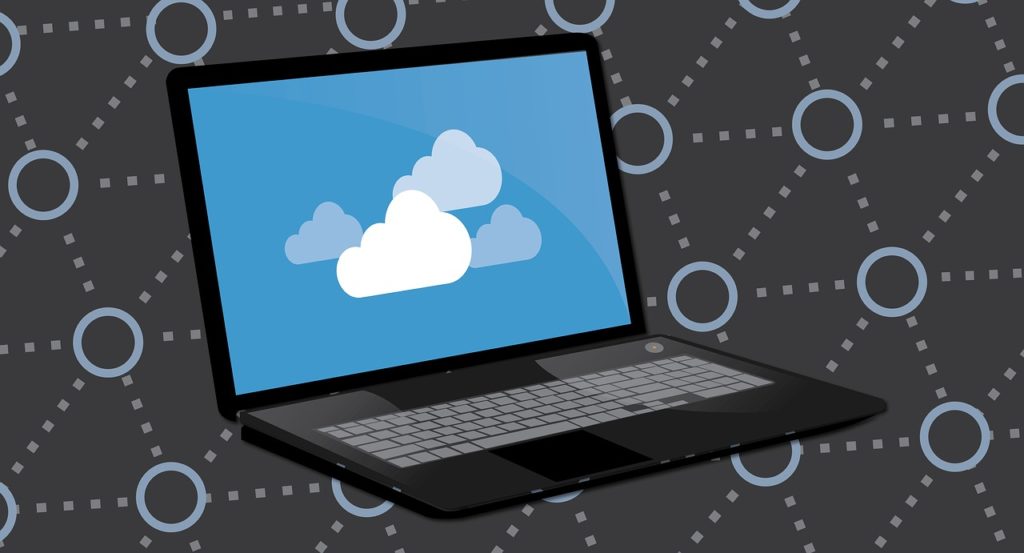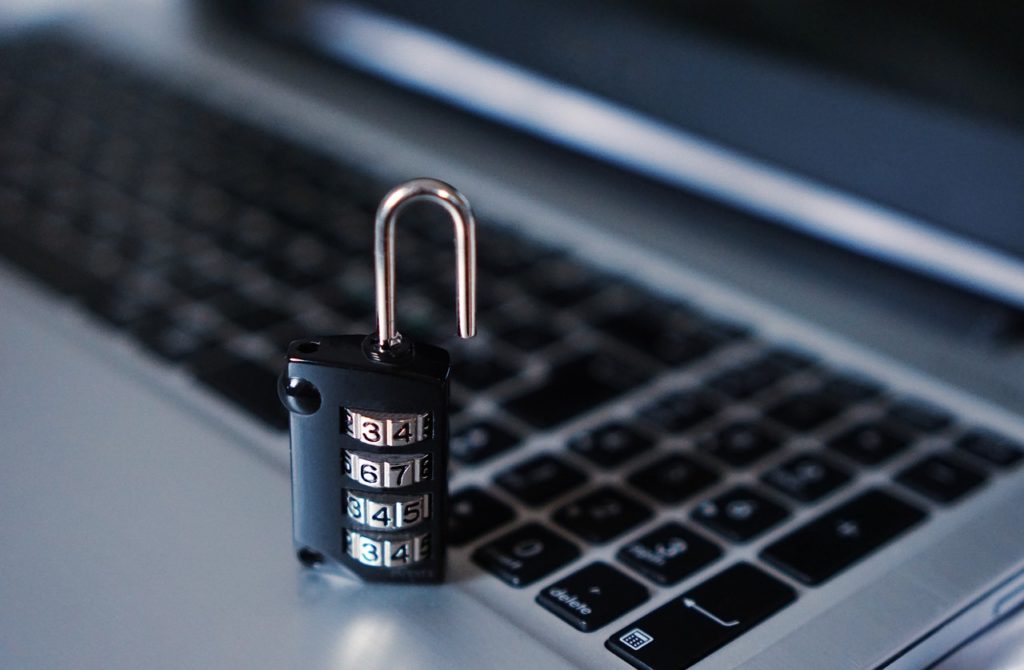
A slow computer is no fun to use, especially if you use it for work. This is especially true if you need to run programs like Photoshop, Lightroom, Cubase and other resource-heavy software. True, often the only way to make your computer faster is to upgrade your hardware. But even more often you can speed up a slow computer by following these five easy steps.
Step 1: Delete Junk Files
The first thing you should do to make your computer faster is delete junk files. You won’t have to delete any of the files you need because junk files are files you never use: Temporary Internet Files, system temp files, logs, browser cache and other files that do nothing but hog your computer.
Browser cache files are the easiest to delete. All you have to do is open your browser’s settings and look for the item that allows you to cleanup history. Then you’ll be asked to select which cache files you’d like to remove. We recommend selecting everything except your saved passwords, so that you don’t lose them.
If you want to delete all junk files in one go, including hidden system junk files, we recommend that you use either RegAce or FileCleaner.
Step 2: Speed Up Computer Startup
Once your PC or Mac is free of junk files, it’s time to make your computer start faster. Mac users can pretty much relax here because OS X is very quick (if you want to make it even quicker, go to System Settings, Users & Groups, Login items and delete the items you don’t need). But Windows users know how the OS is known for very slow startup. Luckily, it’s easy to fix.
You can dramatically decrease Windows startup time by simply disabling unnecessary startup items. Do you need all those messengers, utilities and programs start when you open your laptop? Probably not. So, click on Start, select Run and type MSCONFIG there. Hit Enter and Windows configuration utility will open. There you’ll need to go to the Startup tab and deselect the programs you don’t want to start automatically. If you are not too comfortable changing Windows settings, use RegAce’s Startup Manager to configure your software without any risks.
Step 3: Delete Duplicate Files
Now that your PC or Mac is pretty much optimized, it’s time to do some file management work and delete even more unneeded files. Duplicate files accumulate over time on any computer and they can take up a lot of space. Deleting duplicate files will not only help you recover disk space, but also make you computer faster because the more files there are, the longer your PC or Mac needs to process things. This is especially true for files dumped on the desktop.
You can use Easy Duplicate Finder to delete all sorts of duplicates and Duplicate Photo Cleaner is great for deleting duplicate images.
Step 4: Uninstall Software You Don’t Need
If you like trying out new software, then you computer definitely has some programs that you never use. While it’s OK to keep all that software if you really want to, you can speed up your computer quite a bit if you uninstall it. If you are on Windows, go to the Control Panel and remove unneeded programs from there. Mac users go to Applications, long-click on any app icon until all icons start wriggling, and then click on the little crosses to uninstall apps you don’t need. Alternatively, simply delete apps from the Applications folder.
Step 5: Clean Up Your Desktop
A lot of people tend to dump files on the desktop and forget all about them. And that’s a big mistakes because having files on your desktop is a huge performance hog. When you boot your computer, it needs to load everything you have on the desktop into its RAM before you start using it. If you have a lot of files on the desktop, your computer will need a lot more time to start up. This is true for both Windows and Mac. So, if your desktop is cluttered, move those files to dedicated folders. And if you want to keep them on the desktop, create a folder on the desktop and move files there. This will make your PC or Mac load one folder instead of lots of separate files and thus speed things up.
Now you know how to make your computer in five easy steps. Perform these maintenance tasks regularly and your PC or Mac will stay fast and stable.

